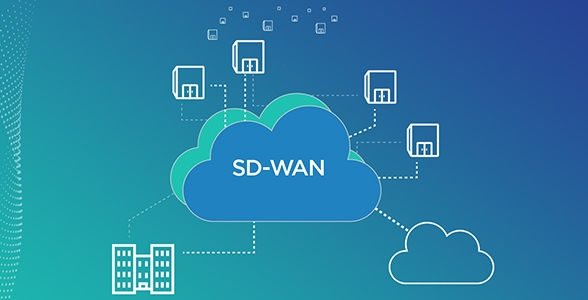Solutions
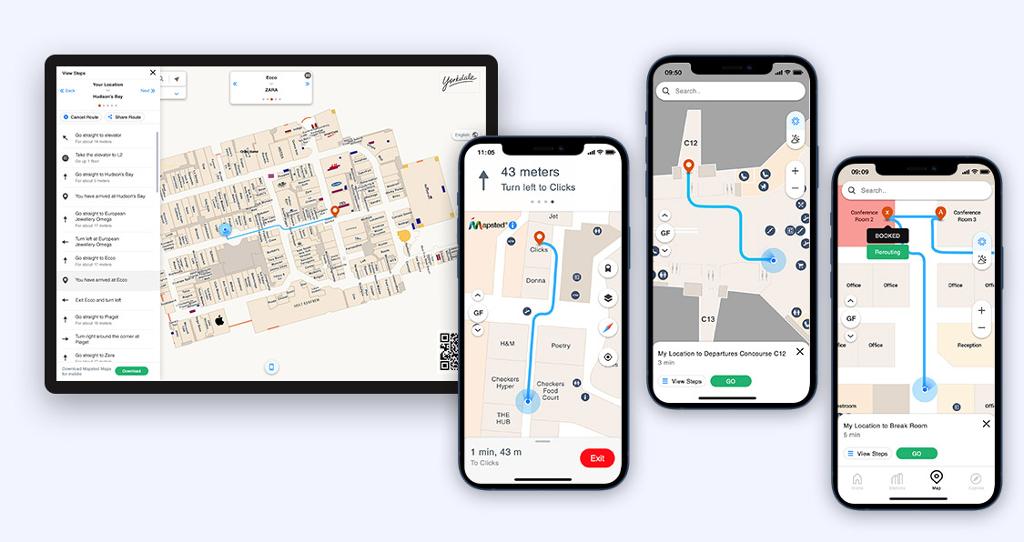
Indoor & outdoor positions system
An indoor & outdoor positioning system is essential for identifying the position of objects and people within an indoor space. It is typically created by combining a base station, wireless communication, and internal navigation positioning with other essential technologies. Most positioning systems rely on wireless positioning technologies like ZigBee, RFID, ultra-wideband, Bluetooth, Wi-Fi, infrared, and ultrasound.
1-Indoor Navigation:
Through your mobile application, you can support your end user easy to find the best route for its destination inside the building or desired villa or locations.
2-Tracking & Monitoring:
Organization management can track & monitor its workforce’s indoor & outdoor locations with personal information like name, roles & single-stop shop along with receiving alarms & notifications in real teams.
LI-FI Technology
Li-Fi is a wireless technology that holds the key to solving challenges faced by 5G. Li-Fi can transmit at multiple gigabits, is more reliable, virtually interference-free, and uniquely more secure than radio technology such as Wi-Fi or cellular
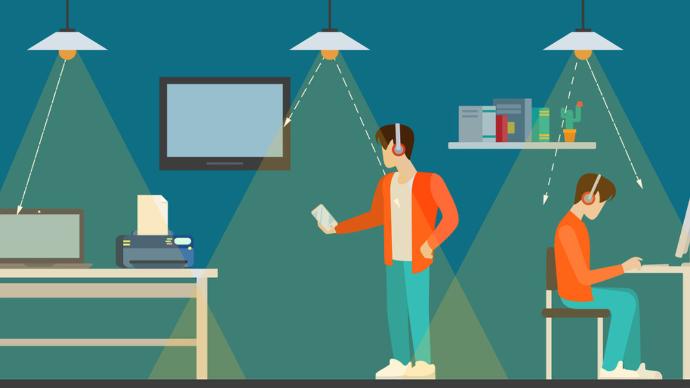
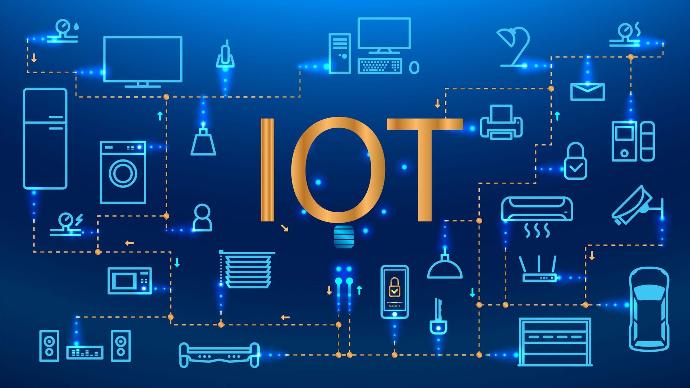
IoT Technology
The Internet of Things refers to the collective network of connected devices and the technology that facilitates communication between devices and the cloud, as well as between the devices themselves. Thanks to the advent of inexpensive computer chips and high bandwidth telecommunication, we now have billions of devices connected to the internet. This means everyday devices like toothbrushes, vacuums, cars, and machines can use sensors to collect data and respond intelligently to users.
Smart City
A smart city is “one that makes optimal use of all the interconnected information available today to better understand and control its operations and optimize the use of limited resources, a smart city uses a framework of information and communication technologies to create, deploy and promote development practices to address urban challenges and create a joined-up technologically-enabled and sustainable infrastructure.
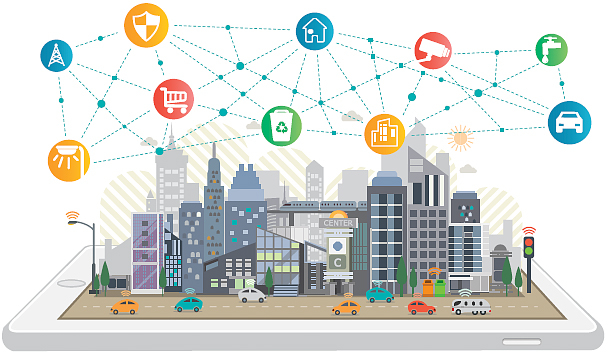
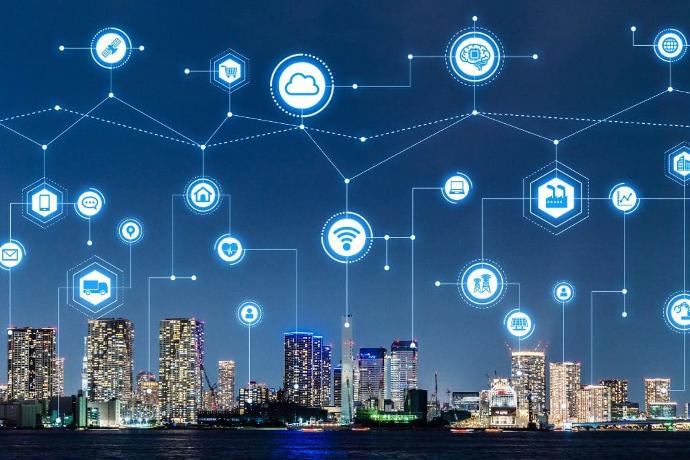
Smart Technology
Smart technologies refer to various devices, systems, and applications that utilize artificial intelligence, internet connectivity, and other advanced technologies to enhance and automate various tasks in various fields such as home automation, transportation, healthcare, security, etc. Including smart home devices, smart cities, smart cars, wearable technology, and smart healthcare devices.
ELV System
ELV is the terminology used in the construction world in an attempt to electrically define all the systems in a building that need electricity to run but are not part of the building’s main electrical system. ELV covers all the new modern technologies that are increasingly becoming must-have systems in every building such as data networks, CCTV, fire alarm systems, public address systems, audio/video solutions, access control and intrusion detection systems, home automation, and more.
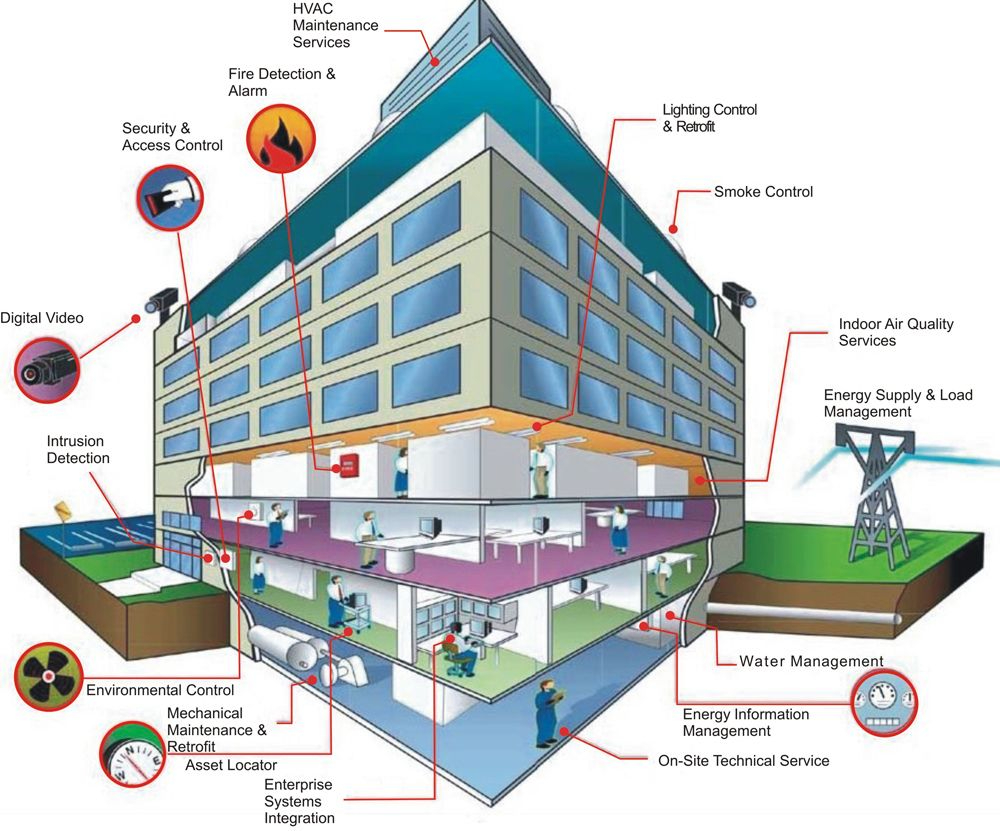
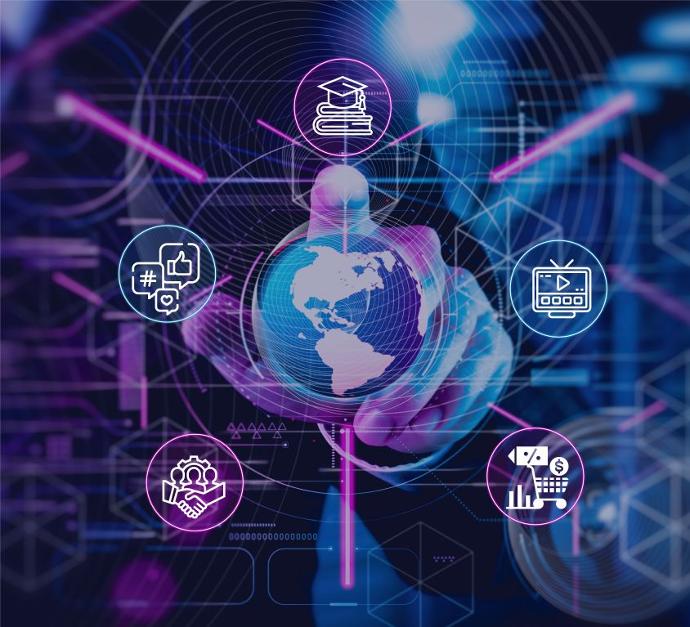
Metaverse Technology
The metaverse is an emerging web3 technology that refers to an immersive virtual world similar to the internet where individuals can connect and participate in a variety of activities. It is made possible by combining virtual reality (VR), augmented reality (AR), and mixed reality (MR), creating virtual worlds that can currently be
explored using VR headsets.
ERP System
Plan Radar is a groundbreaking software that will save time, resources, and stress. The software allows you to record defects, open services, and tasks directly on-site with mobile devices using photos, text, and voice memos. Coordination with employees and external partners takes place by creating tickets in no time at all. Contractors only see the information that is relevant to them and can write comments, edit the status or even add pictures. This means all the work can be coordinated with transparency, monitoring, and documentation.
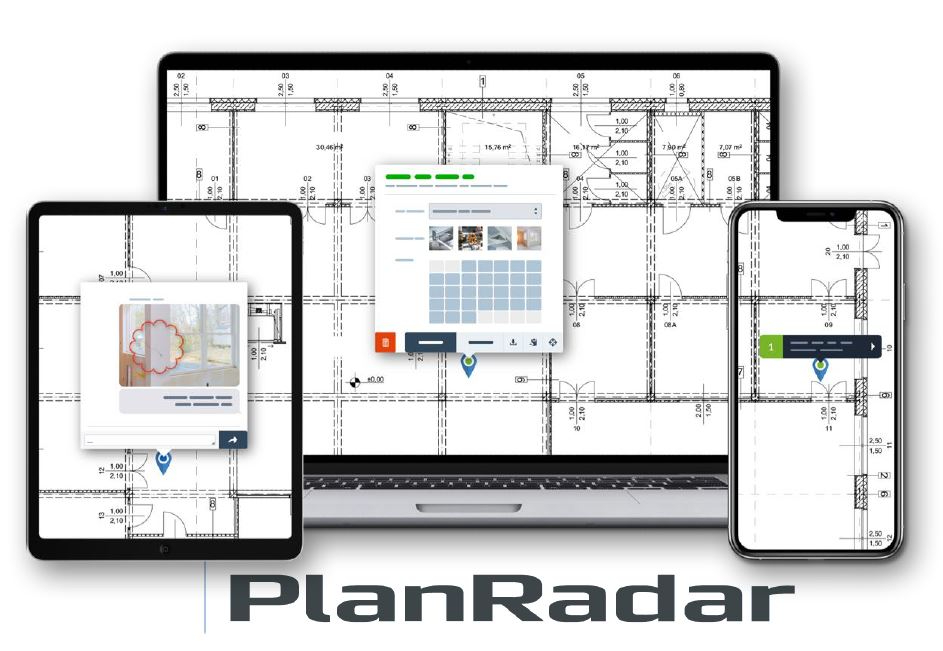
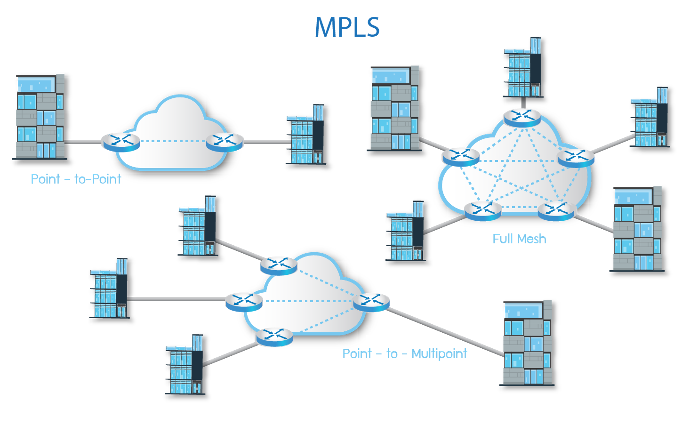
GMPLS / MPLS
We covered how it can be used by clients to connect their branch offices across different countries using fiber networks. MPLS (Multiprotocol Label Switching) is a technology used to route network traffic efficiently and securely across a wide area network (WAN).
Global MPLS is a service offered by JTM Square to enable clients to connect their branch offices located in different countries through a private MPLS network. This private network is separate from the public internet, providing increased security and reliable connectivity.
Cloud solution
The company can provide cloud services on the major cloud platforms: Microsoft Azure, and Oracle Cloud.
These cloud platforms provide a range of services such as storage,
computing power, databases, and more.
The benefits of the cloud, such as scalability, flexibility, and cost savings.
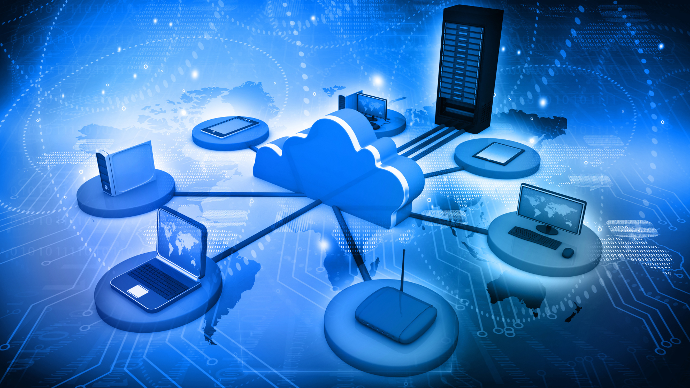
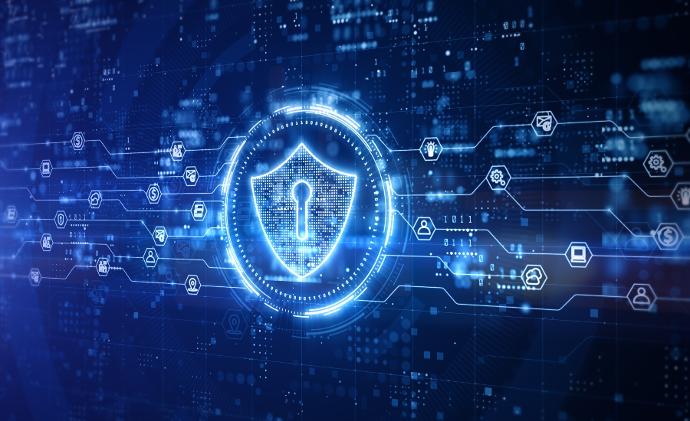
Security
We provide Cybersecurity services – Consulting & Advisory, SOC-as-a-Service, VAPT, Penetration Testing, Threat Detection & Monitoring, ISO certificate Consulting, GRC.
We
provide Managed Network Firewalls & Endpoint Protection using Sophos and
Fortinet.
Network SD-WAN
This solution is used to connect the branch-branch, providing routing, VPN, firewall, and load balancing features all-in-one. Fully managed service, self-configuration.
We have the SDWAN Data Center fully functional and ready to use. Easy deployment, subscription license. Supports up to 10 Gbps bandwidth.
